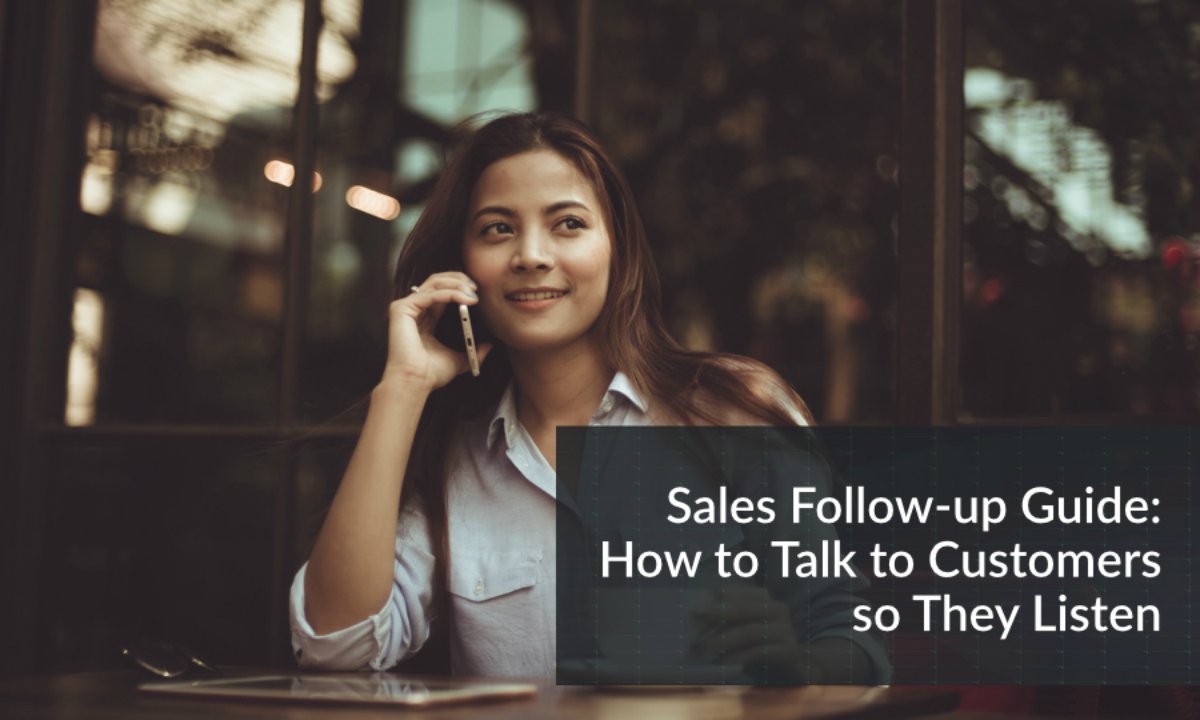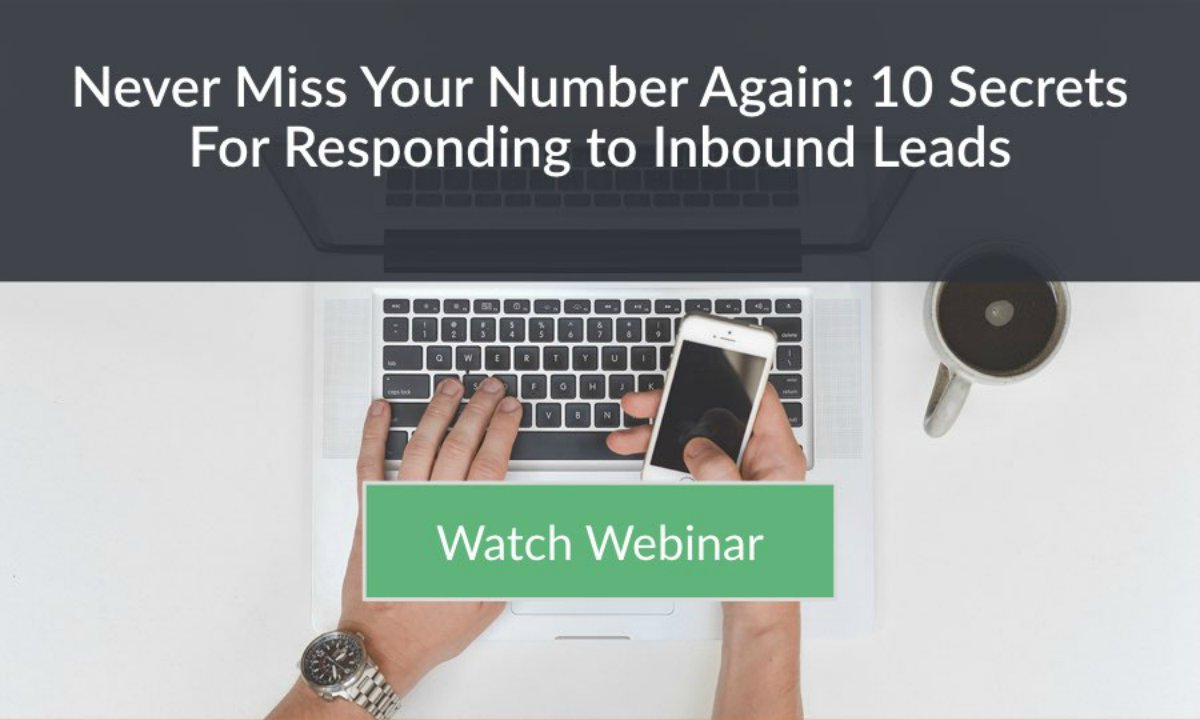4 Steps To A Seamless Lead Hand-Off Process
The smooth hand-off of a client from your responsibilities to an account executive is a delicate process. Keep reading to check out the different steps you can take to hand off clients and make this transition smoother for both parties.
RELATED: How To Make A Discovery Call To Assist In A Sales Handoff
In this article:
- How Sales Development Reps Can Hand Off Clients More Seamlessly
- What Makes a Sales Qualified Lead?
- Sales Executive Responsibility
- Other Tips With the Lead Set Up Hand Off Process
- The Importance of a Seamless Lead Hand-Off Process
How to Hand Off a Client | 4 Steps to Have a Seamless Lead Hand-Off Process
How Sales Development Reps Can Hand Off Clients More Seamlessly
Sales development is a tough job, and success is hard to come by. If you managed to set an appointment for a sales demo, congrats, you can do a little victory dance.
But your job doesn’t end there.
Sales development representatives need to have a perfectly smooth process to hand-off qualified leads to the account executives after they have set an appointment.
The key to success is having the heads of both departments in the same room to hammer out the compromise. Open dialogue and transparent communication are integral to ensure the needs of both parties are met.
I’ve mapped out below the lead qualification and lead hand-off process, with easy steps to follow and templates included.
What is the Lead Hand-Off Process? This is the part of the process where a lead or prospect moves further through the sales funnel, usually between the sales rep who prospected them to a sales professional who will manage their account.
1. Lead Qualification
First, sales development reps (SDRs) need to hand off information about the prospect. They also need to provide an easy way to know where the information is held.
Below we have an email template example to an account executive for appointment hand-off. It has all the details the account executive needs before jumping in on a demo call:
- Company name
- Person name and title
- Link to event in Salesforce where notes will be stored
Example:
Ari,
Hope you are doing well. I just set up an appointment for you with Robb Young who is the Director of Business Development at XANT.
Here is the link that will take you to the event in salesforce where you can find my notes from the call: (include CRM Link)
Best,
Alex J
2. Adding Notes to SalesForce
Now, whether you are working with Salesforce, Microsoft Dynamics CRM, SAP, or any other customer relationship management software, you need to leave notes for your account executive about the prospect.
Here is the list of details you must enter in the CRM notes. Now, there are obviously some details which are specific to SaaS sales here, and you might customize this list based on your industry and sales goals :
- Source of the meeting (eBook download, webinar, demo request, cold outreach or target persona, etc.)
- What sparked their interest initially?
- What did you discuss that led them to agree to a discovery call?
- Structure of their company/team
- What types of systems are they using?
- *Optional – What product would best fit their needs?
Below you have an example of how we do this at XANT:
Example:
- Robb filled out a web form to receive our “Time management for sales” infographic
- We started talking about his sales team, and he opened up about how his SDRs could be better with their time management. He wanted to check out the infographic to see what it was about.
I explained to Robb that we have a platform that helps make SDRs be a lot more efficient with their time. Robb was interested to learn more, so we set up a time for a discovery call next week. - They have 20 SDRs and 40 AEs in their team and two managers
- All SDR’s and account executives use Salesforce
- Didn’t go into detail about if they are calling on cold leads, or if they get more inbound leads. No information on what product they might need.
3. Lead Qualification Criteria
The lead qualification criteria will depend on your go-to market strategy, target audience, and personas. Make sure you have these buttoned up and come up with a list of minimum criteria for lead qualification. Here is an example below:
4. Account/Persona Minimum Matrix
- The annual contract paid upfront – Does the prospect have the funds needed?
- Technology requirements OR other requirements based on industry (Are they able to implement your solution, service, or product?)
- Title minimum – What is the minimum title level for a prospect to be able to close the deal or become an executive sponsor for your product (manager, director, or other?)
You might add or remove some of these criteria based on the specifics of your business or product. Some companies work only with local clients, others will do national or international shipping. Or, you might have other lead qualification criteria you care about.
Sales development representatives qualify prospects based on the first two sets of the ANUM model, Authority and Need. If the prospect does not have authority (can they sign? were they asked to look into this solution by their manager? do they hold the credit card?), or need (the need will vary based on your industry or product), then the sales development rep will not receive credit or commission for the demo.
RELATED: Nailing the Sales Handoff: How to Ensure Sales Appointments Hold
What Makes a Sales Qualified Lead?
What is a sales qualified lead? Well, this will vary with each company and each product or service.
Often, the difference between a marketing qualified lead and a sales qualified lead is the intent to purchase.
If you find prospects that are ready to become a client, congratulations! However, your work is not done yet.
The key to success is having the heads of both Sales Development and Accounts in the same room to hammer out details. Open dialogue and transparent communication are integral to ensuring the needs of both parties are met, and buy-in from both sides is achieved.
Make sure you set criteria for both inbound leads and outbound lead qualification.
Sales Executive Responsibility
Once the lead has been qualified, the sales executive will assume that the prospect/lead falls under the first two sets of the ANUM model, Authority and Need. The Sales Executive will dig further into the prospects’ situation with specific questions to identify problems and gaps in their strategies and create a sense of Urgency.
Once Urgency is created through various questions, pricing is presented, and the budget is identified.
The account executives are responsible for the demo, allowing the prospect a window of ownership (if running late), follow-up Demos, meeting with additional members from the team, as well as coordinating the next steps.
If the lead doesn’t show up, it is the Sales Executives’ responsibility to either continue to re-engage or pass it back to the SDR lead pool to prospect into.
Other Tips With the Lead Set Up Hand Off Process

Performing a perfect lead hand-off for a successful sale
Given these steps listed above, you should know how to properly execute the hand-off. To supplement the information above, here are some tips to keep in mind as well:
1. Don’t Forget the Value of a Follow-Up
When it comes to the handover process, the responsibility of the SDR doesn’t end once you’ve finalized the process. Instead, there’s one last thing you should do as well: follow-ups.
To ensure that the handoff process went well, you should look at what happened to them after you’ve handed them off.
Some questions to ask include:
- Were the leads receptive to the account executive after the hand-off process?
- Did the leads contribute to the achievement of goals for both the SDR and the AE?
- How long did the on-boarding for the lead take?
Asking these questions can help you better understand what happens to the lead after you’ve handed them off.
Speaking of a follow-up, make sure that you follow-up immediately to your AE so they can get in contact with your lead while they’re still hot. This will ensure that your AEs don’t lose the lead because they weren’t able to contact them soon enough.
2. Optimize Your Established Lead Hand-Off Process
The best way to improve your hand-off process is by making a playbook for it. That way, you can keep track of any issues that prop up.
It can help you figure out the tasks that usually come with the hand-off. However, make sure that only one person is dealing with each task so you know who’s responsible for it.
A playbook is vital in optimizing your lead hand-off process because you know which key metrics are essential in your process design. These are what you’ll tweak to create your best practices to help you achieve your goals.
The critical parts of your playbook for the hand-off process should include:
-
- The pre-handoff
- The lead qualification
- Internal hand-off
- The hand-Off
- Follow-Ups
3. Hand-Off Communication Should Be Constant
Effective communication is essential to the success of the hand-off process. It’s the glue that binds everything together.
As the person leading the process, you should continuously update the lead about the process.
Prior to the hand-off, give them an idea of when it’ll actually happen. Inform the lead who’s going to become their AE and what’s going to happen moving forward.
Next, you should make sure that your AE has a solid understanding of your lead. Excellent communication is essential to the hand-off, so don’t neglect your emails and calls during this point.
The Importance of a Seamless Lead Hand-Off Process
Once again, success for your lead hand-off process — and ultimately for your sale, will depend on excellent communication between your sales development rep and account executive teams. Research from XANT Labs shows that sales teams with good coordination between sales development reps and account executives show higher rates of appointments holding and opportunities successfully passing.
The appointment hold rate for SDRs and AEs who meet daily is 17.7% higher than for those who only meet once a week. More importantly, quota attainment is 7.2% higher for those companies with daily communication between SDRs and AEs, shows the “State of Sales Development 2017” study.
That should surely motivate you to become best friends with your account executive. Happy selling!
What are some of the issues or difficulties you’ve encountered with the hand-off process? Share them with us in the comments section below.
Up Next:
- How To Align Sales and Marketing
- Sales and Marketing Alignment Seen as Solution to Pipeline Problem, Shows Survey
- How To Support Frontline Sales Managers w/Natalie Bering @ServiceNow
Editor’s Note: This post was originally published on August 23, 2018, and has been updated for quality and relevancy.




